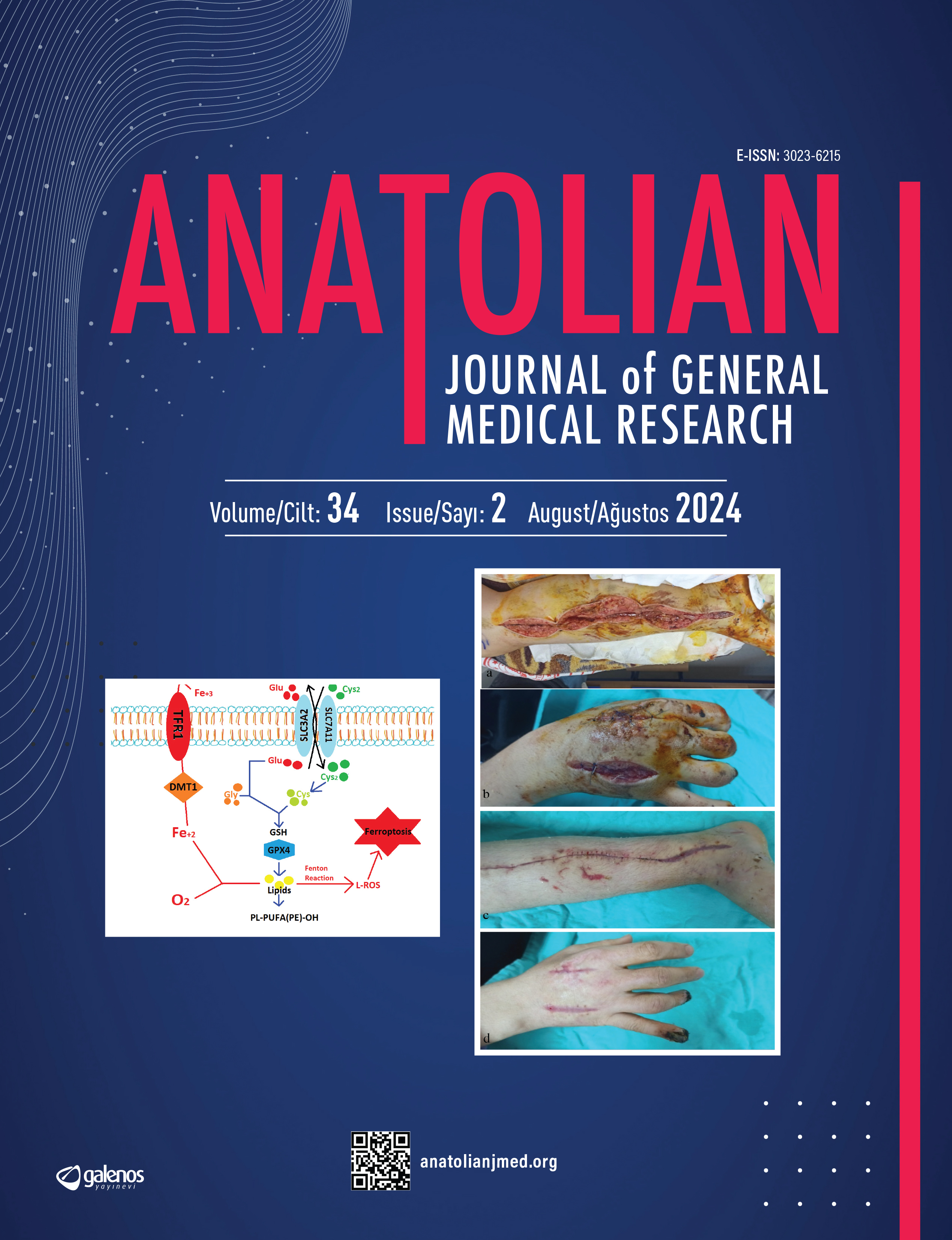








Evaluation of Differences Between First and Second Waves of the COVID-19 Pandemic in Hospitalized Patients in a Tertiary Health Center
Sinem Ermin1, Gülru Polat1, Özer Özdemir1, Damla Serçe Unat1, Ömer Selim Unat21University of Health Sciences Turkey, Dr. Suat Seren Chest Diseases and Surgery Training and Research Hospital, Clinic of Chest Diseases, İzmir, Turkey2Ege University Faculty of Medicine, Department of Chest Diseases, İzmir, Turkey
Objective: Coronavirus disease-2019 (COVID-19) pandemic started on March 2020 and is still ongoing with waves of activity. In this study, we aimed to comparethe clinical and laboratory characteristics and survival rates of 1st and 2nd waves of COVID-19.
Methods: Patients hospitalized with the diagnosis of COVID-19 pneumonia between 01.03.2020-31.12.2020 were included. Clinical characteristics, laboratoryparameters, radiological and treatment properties as well as clinical outcomes of patients were derived from hospital records. Statistical significance levelwas taken as p=0.05.
Results: A total of 1043 patients, with average age of 55.68±15.72, were included in the study. 57.8% of the study population was male. There were 469 patients(45%) in group 1 (first wave) and 574 patients (55%) in group 2 (second wave). Although the patients in group 2 were older (59.3±14.53 vs. 51.3±16.03, p<0.001),there was no significant difference of sex and smoking history (respectively, 58.8% males vs. 57% males, p=0.57 and 43.4% vs. 48.1%, p=0.24). There was moreCOVID-19 real time-polymerase chain reaction positivity in group 2 (61.4% vs. 74.7%, p<0.001), and patients had more comorbidity (47.4% vs. 62.3%, p<0.001).Patients in group 2 had significantly higher lactate dehydrogenase, C-reactive protein and D-dimer levels (p<0.001 for all) and lower lymphocyte levels(p=0.02). Corticosteroid treatment and low molecular weight heparin were more commonly used in group 2 patients (p<0.001 for both). But mortality andintensive care unit (ICU) admission were higher in group 1 [respectively, 50 (10.7%) vs. 25 (4.4%), p<0.001 and 57 (12.2%) vs. 47 (8.2%), p=0.04].
Conclusion: Although the patients in second wave of COVID-19 pandemic were older, had more comorbidities, and had worse laboratory parameters, they hadless need for ICU and better survival. This difference may represent increasing experience in patient care and construction of better treatment algorithms andguidelines in COVID-19 pneumonia patients.
Manuscript Language: English
(242 downloaded)




